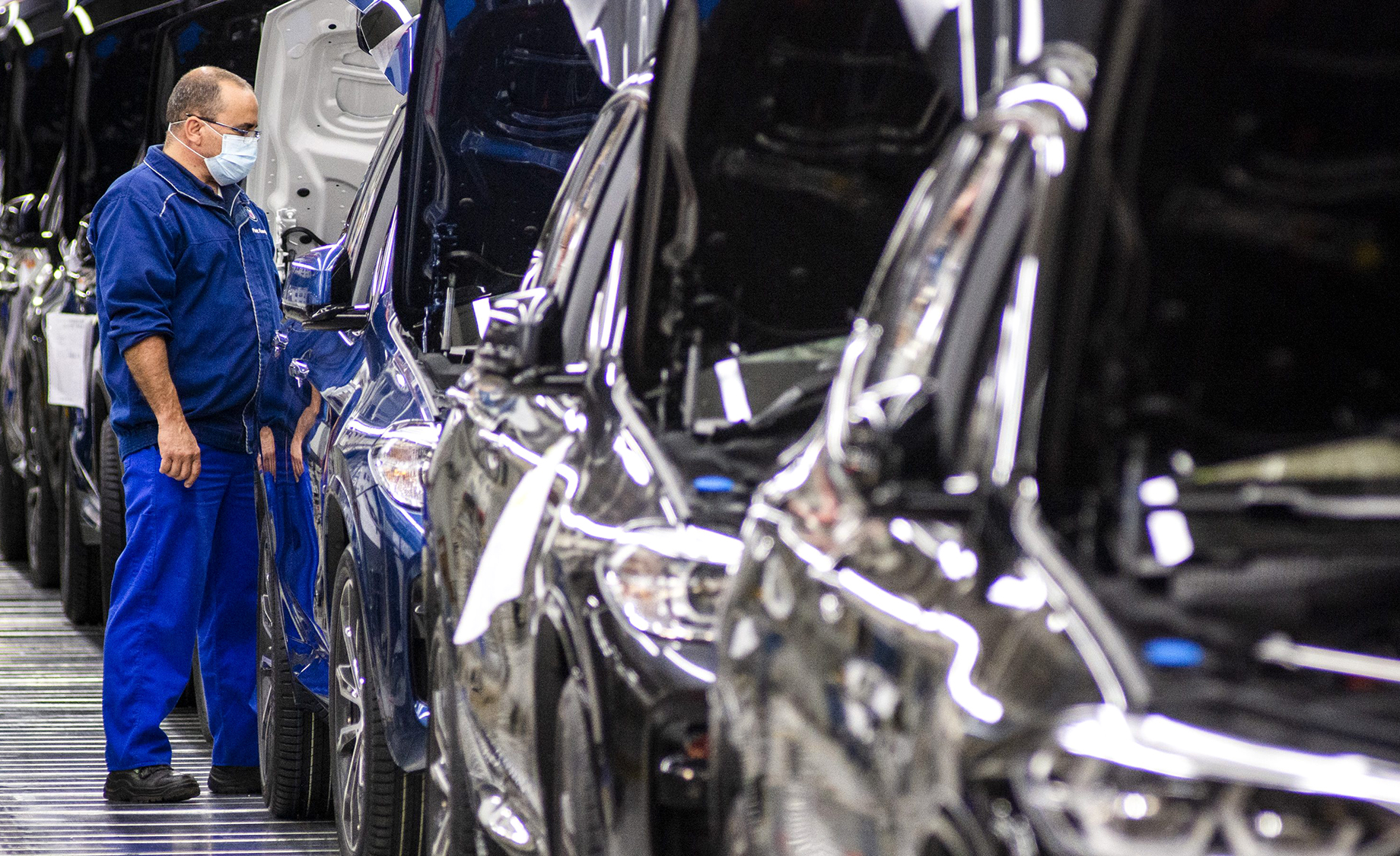Hard on the heels of the decision by ArcelorMittal to close its long steel business on Monday, Naamsa, now known as The Automotive Business Council (ABC), announced the final tally of car sales for 2024 on Tuesday. The numbers are not great, TBH.
Local vehicle sales are now firmly back above the dire Covid-19 years, but year on year, there was a small decline overall, most worryingly in light commercial vehicles.

The real problem, however, was industry exports, which have just been smashed, registering a 22% decline. Since exports constitute about 70% of the total local manufacturing industry, this is pretty awful news.

I chatted to ABC chief executive officer Mikel Mabasa, who agreed the numbers were not fabulous. However, he said they have to be understood in the context of the global market and the places to which South Africa sends cars. SA’s car industry exports to a huge number of countries: 154 different markets around the world. But SA’s biggest immediate problem is that a large chunk of sales go to Germany, which is currently going through car production hell.
“Locally, consumers are obviously under pressure. We’ve seen a very persistent decline in disposable income,” he said. The industry is more or less upbeat about 2025, because Mabasa said there are likely to be more manufacturers represented in SA and new models introduced, which might get buyers more excited.
Passenger car sales have been resilient, and the last quarter of 2024 “suggests a potential rebound for the new vehicle market in 2025”. Along with interest rate cuts last year, lower inflation, a better economic environment and lower fuel prices will contribute to a stronger 2025, he said.
But the way he was speaking, it’s obvious these changes are likely to be incremental not fundamental. The ABC is not expecting growth in double digits this year, for a start.
All of this relates to what my colleague, Ray Mahlaka, wrote about in this space yesterday: the decline of manufacturing in SA over the past three decades. It is really shocking that the manufacturing industry’s contribution to economic output, or GDP, has halved from a peak of 25% during the 1980s to 12.9% by 2023. Employment fell by 200,000 people to less than 1.6 million over that period.
The question now is what to do.
Not to be overly sarcastic, but it would help if the Minister of Trade and Industry would actually attend the meetings he himself sets up to discuss industry’s problems.
Mahlaka also scooped in a different story that after months of warnings from ArcelorMittal about closing its steel operations, Minister of Trade, Industry and Competition Parks Tau intervened on 19 November 2024, when he sent a letter to ArcelorMittal requesting an urgent meeting with the company’s management. Then he didn’t pitch up for the meeting. I am not making this up.
The solutions to SA’s manufacturing decline are actually pretty obvious: the investment environment is soured by labour legislation which massively loads the dice on the side of trade unions; new investment is complicated by elaborate BEE rules which can foster corruption; and SA’s transport and logistics industries are a mess. We all know this. These problems are not specific to the manufacturing industry alone.
As far as manufacturing is concerned, though, businesses have to try to find solutions within the circumstances in which they operate, which quite often involve finding a niche business in which there is some export potential. These businesses exist but are hard to find, and are strikingly various, which is partly why it’s so difficult to rely on government support.
Government support is usually attracted by large, established businesses with comparatively high employment rates which are thoroughly commoditised. The car industry in SA ticks these boxes, which is partly why it gets such strong government support.
But these aren’t the businesses the government should be supporting; instead, the businesses should be smaller, more specialised and more new age. If the government does support any businesses at all, they ought to be businesses whose pump needs priming, not those whose prospects are unlikely to stand without perpetual government support. Obvs. DM
Business Maverick
After the Bell: To fix SA manufacturing, think mini not macro





